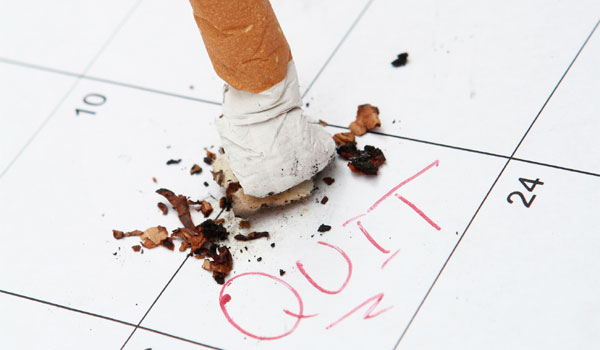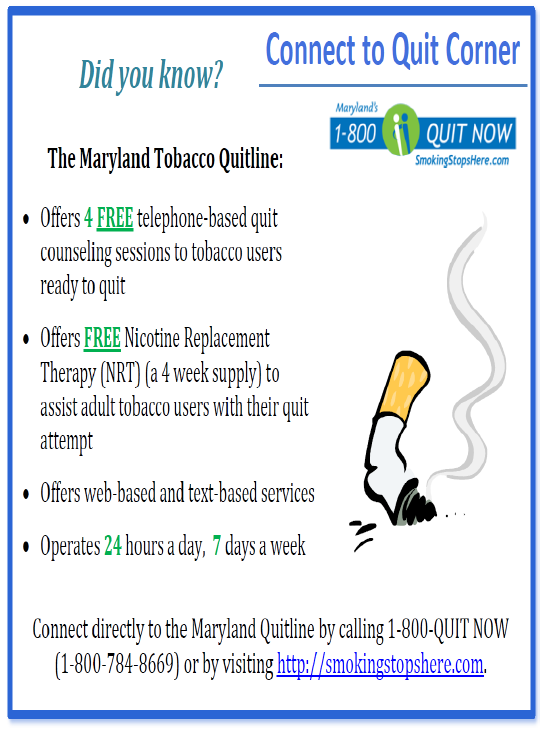Each year millions of Americans resolve to quit smoking. If you’re planning to go tobacco-free, the Washington County Health Department has these tips to help you quit successfully.
- Make a Plan – There are many ways to quit smoking: going cold turkey, tapering your use, using cessation aids…learn as much as you can and decide which method will work best for you.
- Pick a Date – Once you have decided how you will quit, it is important to decide when you will quit. Don’t quit until you feel ready. Pick a day that is meaningful for you, mark it on the calendar and begin getting ready for this just as you would any other major event in your life.
- Prepare for Becoming Tobacco Free – Get rid of your ashtrays and other paraphernalia. Clean your home and car to rid it of the smell of smoke. Post motivational messages to remind yourself of your commitment to lead a tobacco free life. Write a list of things or situations that will cause you to want to smoke and ways you plan to deal with each and post it where you can see it. Having a plan in place will help you to be ready when the cravings come.
- Don’t Smoke – Once you get to your selected quit date, throw away your remaining cigarettes and DON’T SMOKE. When you are in the middle of a craving your mind will tell you that “just one cigarette won’t hurt” or that “it is okay as long as you only have one puff”—don’t fool yourself; a single puff will almost always lead to more. Throwing away all your cigarettes on your quit date is the most important step in planning for success. Keeping cigarettes on hand (even if you hide them from yourself) “just in case you slip” sets you up for failure.
- Delay Your Cravings – Cravings are temporary – a typical craving lasts only three to five minutes. When faced with a craving, take ten deep breaths, drink water, eat a snack, call someone for support, take a walk, get a shower, brush your teeth…do whatever it takes to delay. The cravings will pass and when they do you will feel good about not lighting up. Take it one craving at a time and celebrate each success!
- Get Support – Enlist the help of family members, friends, neighbors, co-workers and even your doctor. Telling others that you are quitting smoking not only makes you more accountable but also gives you someone who can help when you’re faced with a craving. Join a Tobacco Free for Life support group offered at the Washington County Health Department. Knowing that someone else is going through the same thing you are is beneficial to the quit process.
- Track Your Progress – Start a quit journal or get a calendar and mark each day that you have been tobacco free. It is important to keep track of all the hard work that you are doing! Journaling is a very useful tool when quitting smoking. When you write down a list of the pros and cons of smoking, your reasons for wanting to quit, and positive messages like “I am a non-smoker” or “I can beat this” to yourself, you are helping plant seeds of change in your mind.
- Reward Yourself – Put the money you would have spent on cigarettes in a “Reward Jar”. Do something nice for yourself at regular intervals (1 day, 1 week, 2 weeks, 1 month, 6 months, etc.). Maybe you’ve wanted to see that new movie or get a great pair of shoes that you saw at the mall—do it! You deserve it! Celebrate your success!
- Exercise and Eat a Healthy Diet. Diet and exercise have a direct effect on how we feel. When you exercise and eat a balanced diet, not only do you feel better but you will have fewer and less intense cravings. This will also help you minimize the weight gain associated with quitting smoking. It is also important to drink plenty of water as part of a healthy diet when quitting smoking. This flushes out the toxins left in your body from smoking and reduces the effects of nicotine withdrawal on your body.
- Keep Trying—Be Patient – Slips may happen! If you slip, get up, brush yourself off, and try again. Quitting smoking is not an easy process that is done overnight; it is a process that takes time and, for many people, a few tries to get it right. You CAN do it, don’t quit quitting! It will be worth it in the end.
The Washington County Health Department, through its Tobacco-Free for Life Program (TFFL), offers FREE support classes, as well as individual counseling, for those who are interested in learning how to quit smoking successfully. For more information, contact Community Health Educators Paula Ernst (paula.ernst@maryland.gov or 240-313-3418) or Catherine Diggs (240-313-3356). To register for classes, call the Tobacco Free for Life Program at 240-313-3310; TTY 240-313-3391. View or download the current class schedule (September 2019 through January 2020) here.


